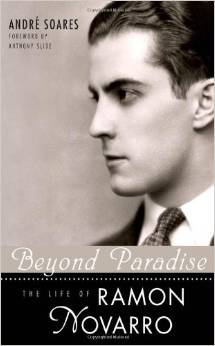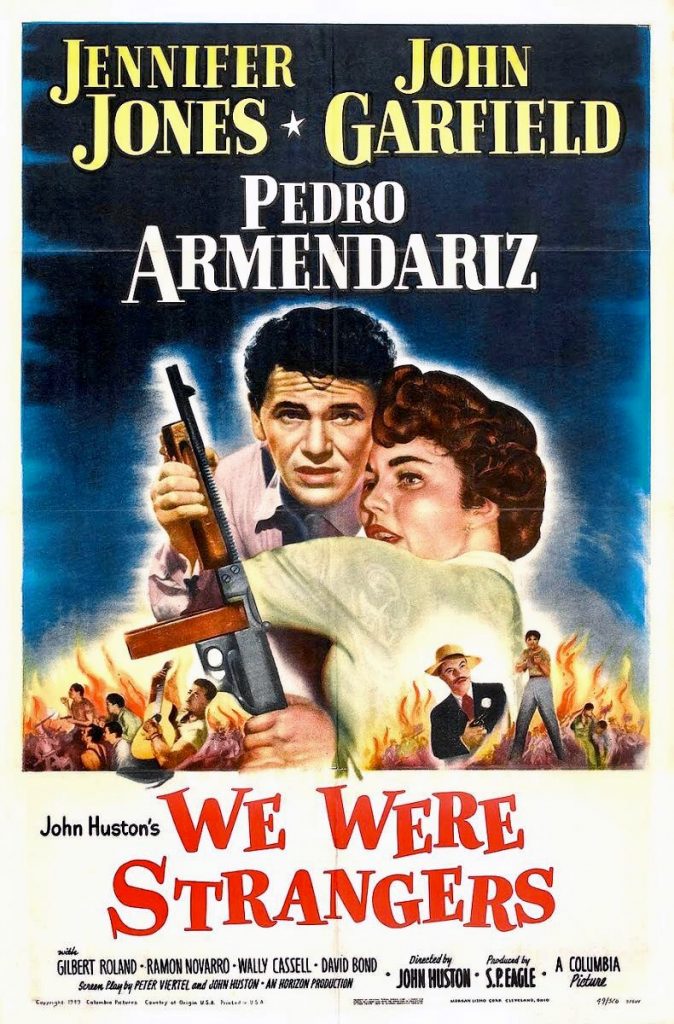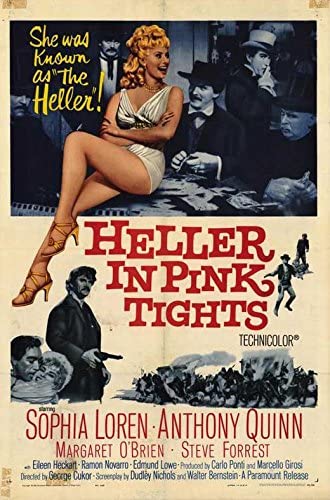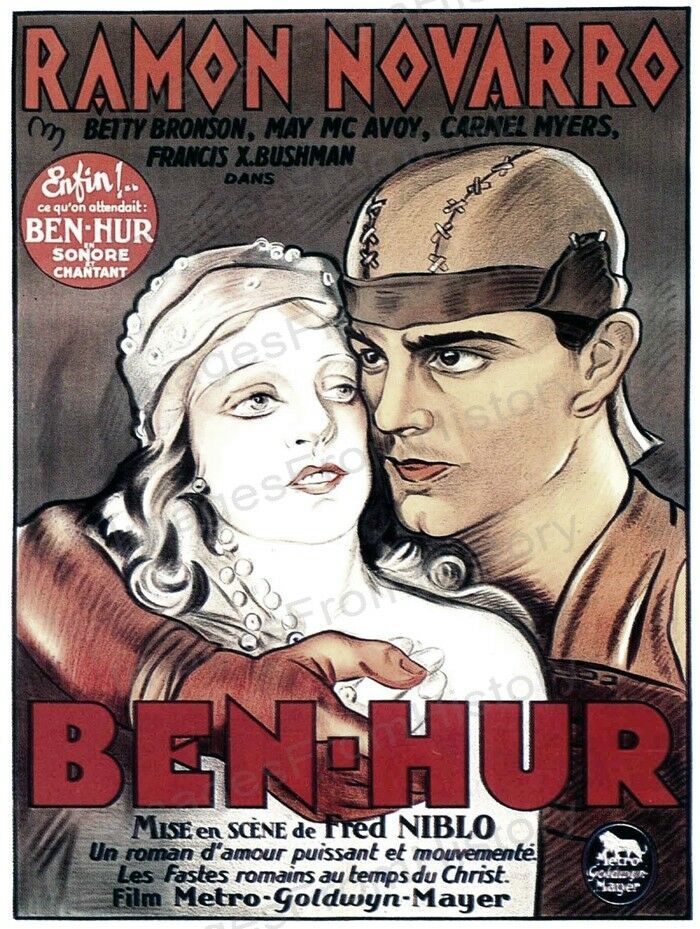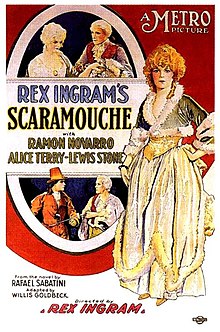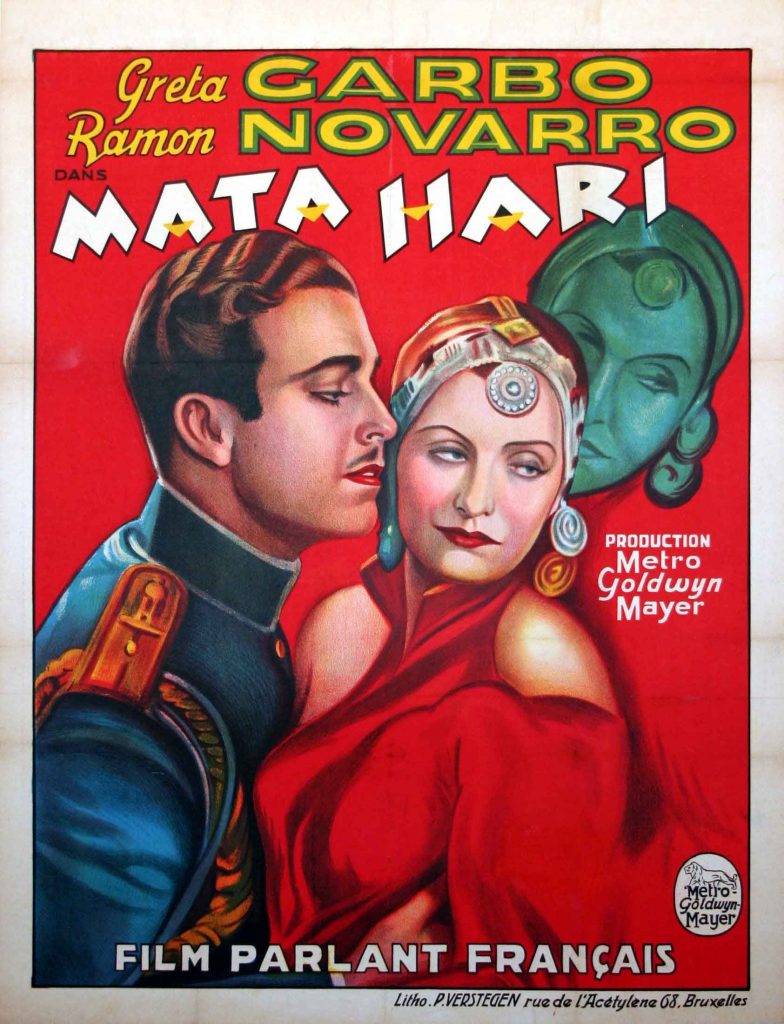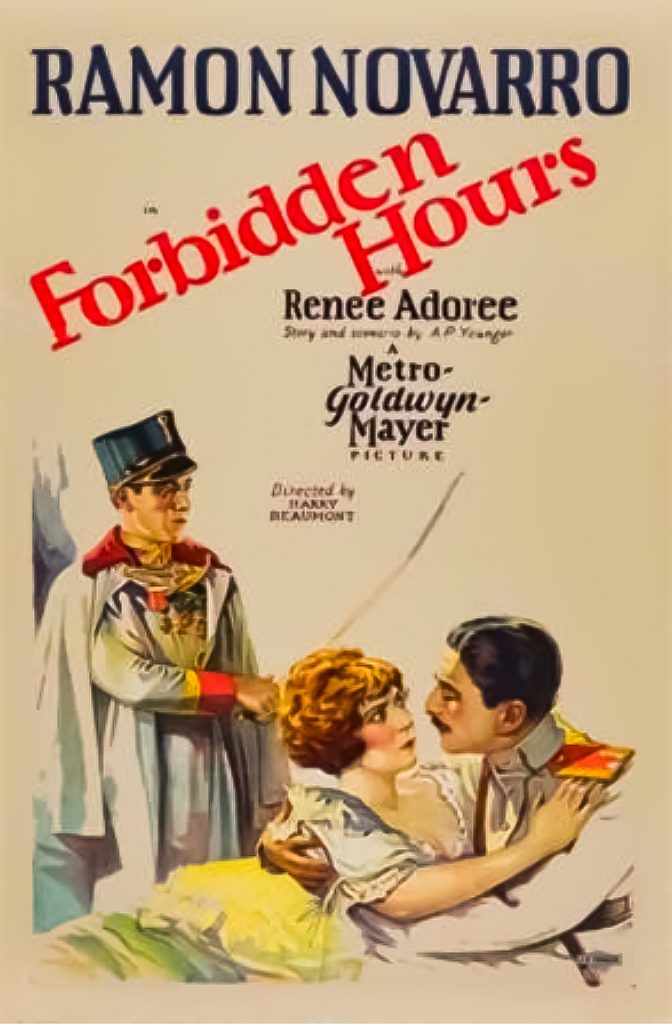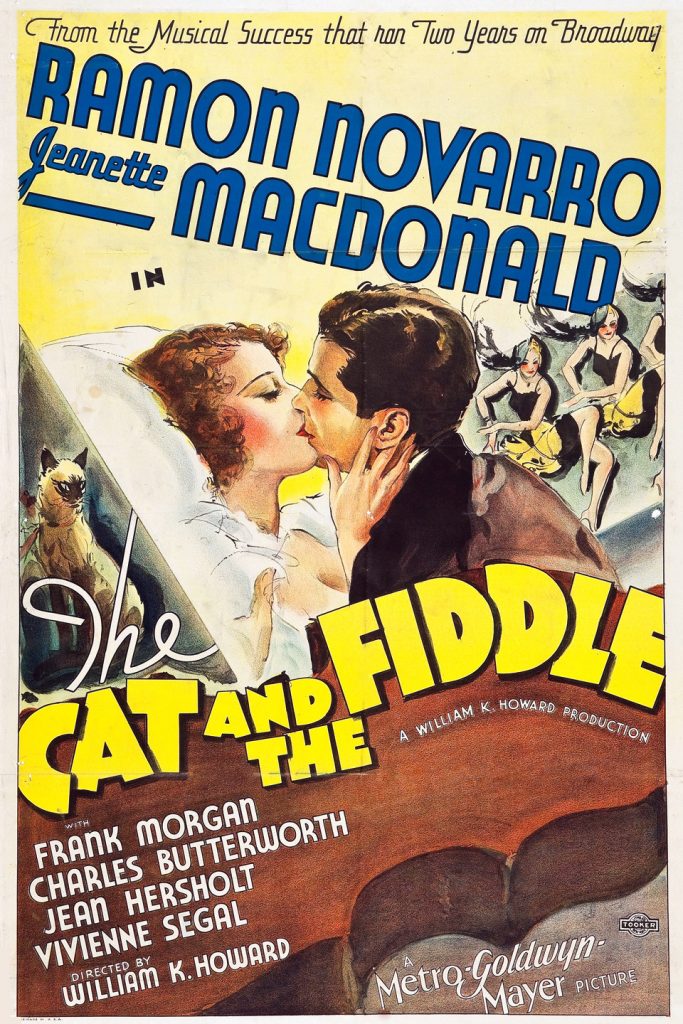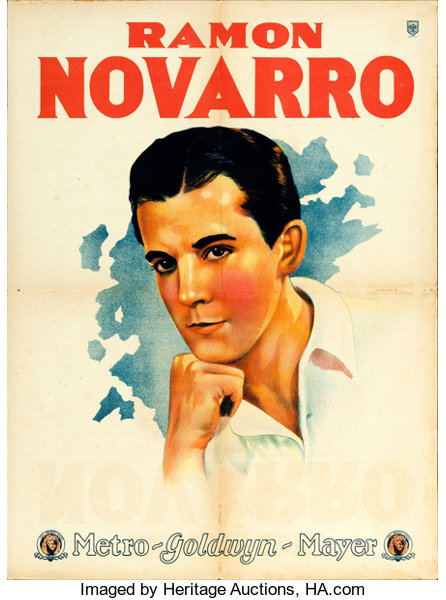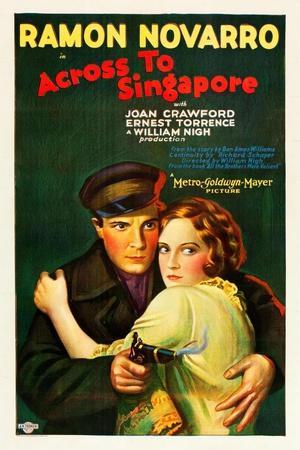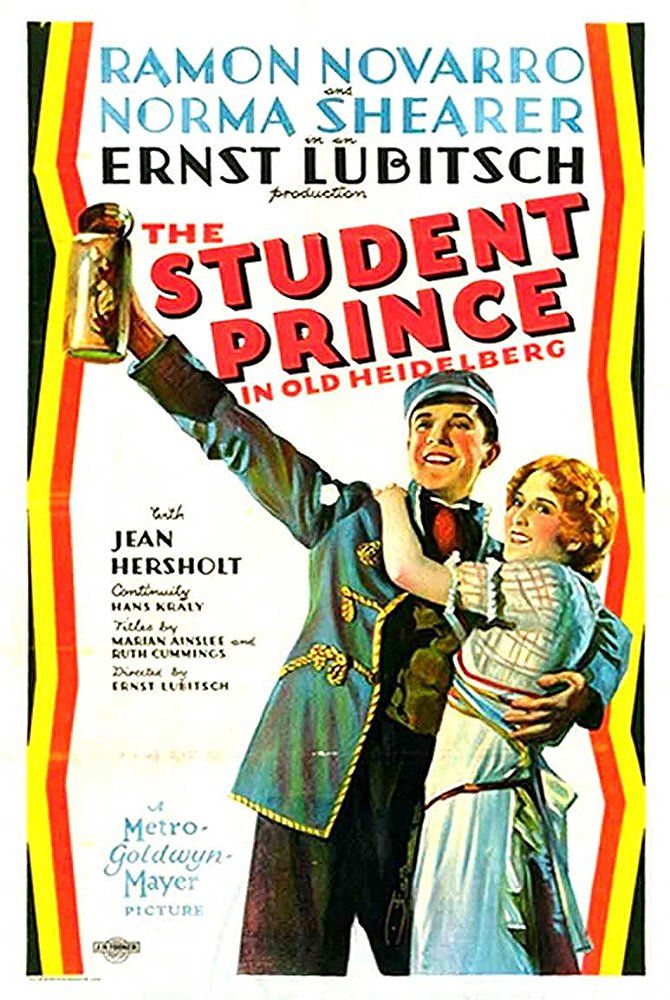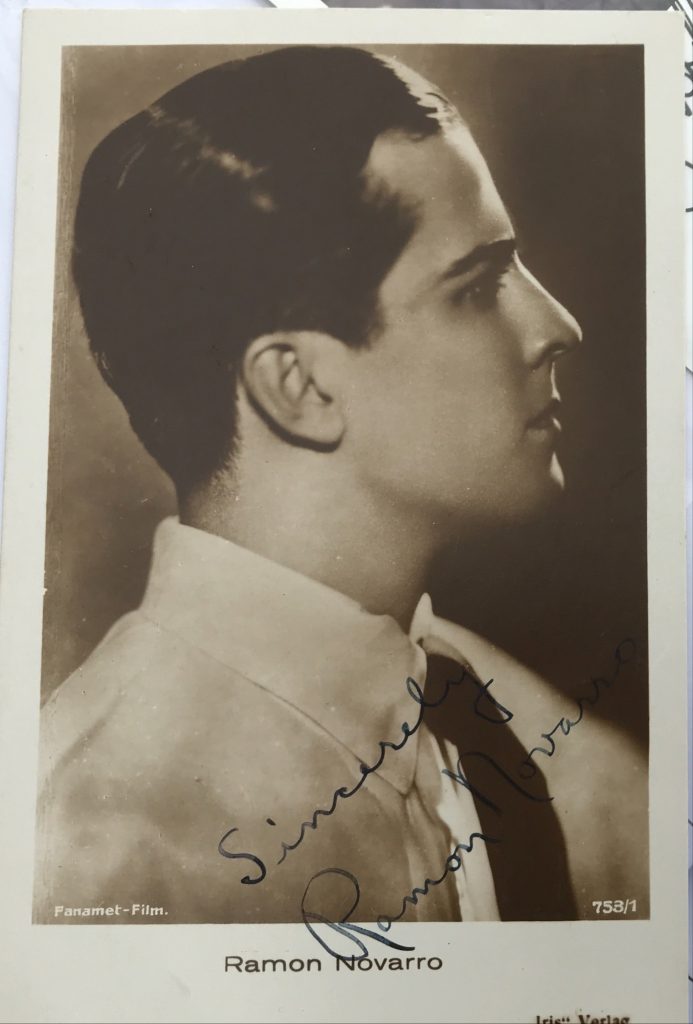
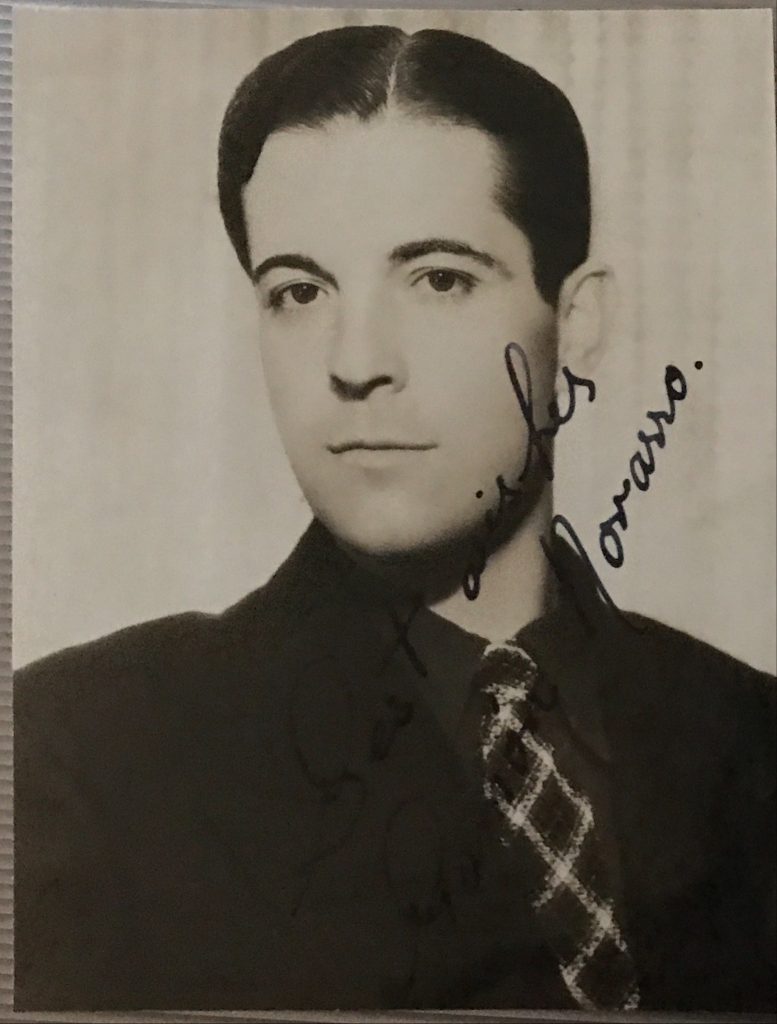
Ramon Novarro was born in 1899 in Durango, Mexico. His family moved to California to escape the Mexican revolution of 1913. He entered silent movies in tiny roles in 1917. He began been promoted as a rival to the Italian Rudolph Valentino. His first major success was “Scaramouche” in 1923. “Ben-Hur” in 1925 was probably his most popular film. After Valentino’s untimely death in 1926, Novarro became the most popular actor in silent film. He made the transition to sound film with relative easre and starred opposite Greta Garbo in “Mata Hari” in 1932. By the late 40’s he had become a reliable character actor and appeard as such in “We Were Strangers” a story about civil unrest in Cuba which starred Jennifer Jones and John Garfield which was made in 1949. Sadly he died in 1968 as a result of a brutal murder by two brothers. Anyone with an interest in silent film, should seek out the movies of Ramon Novarro. A link to “Golden Silents” here.
TCM Overview:
An engaging Latin American vaudevillian and singer who began his film career during the silent era, actor Ramón Novarro took over the role of Hollywoodâ¿¿s top Latin Lover when Rudolph Valentino died in 1926, only to stagnate once talkies came of age. Novarro first came to prominence as a villainous henchman in “The Prisoner of Zenda” (1922), which led to starring roles in popular films like “Scaramouche” (1923) and “The Arab” (1924). He had his greatest success playing wealthy man-turned slave Judah Ben-Hur in “Ben-Hur: A Tale of Christ” (1925), a troubled, but successful epic that served as a precursor to William Wylerâ¿¿s 1959 classic. From there, Novarro starred opposite Norma Shearer in “The Student Prince in Old Heidelberg” (1927) and Joan Crawford in “Across to Singapore” (1928). But once he made the transition to talkies after “Devil May Care” (1929), Novarro saw his popularity plummet. By the end of the decade, he was out of a contract and lucky to find work in bit parts or character roles. Meanwhile, he fell into alcoholism â¿¿ due in part to his lifelong struggle with his homosexuality â¿¿ and his career suffered even more. Novarro did have a bit of a revival with character work on popular TV series like Dr. Kildare” (NBC, 1961-66) and “Bonanza” (NBC, 1959-1973), but his murder in 1968 by two prostitute brothers ended his life in a tawdry fashion. Still, Novarro remained a popular figure from the silent era whose contributions to film were undeniable.
